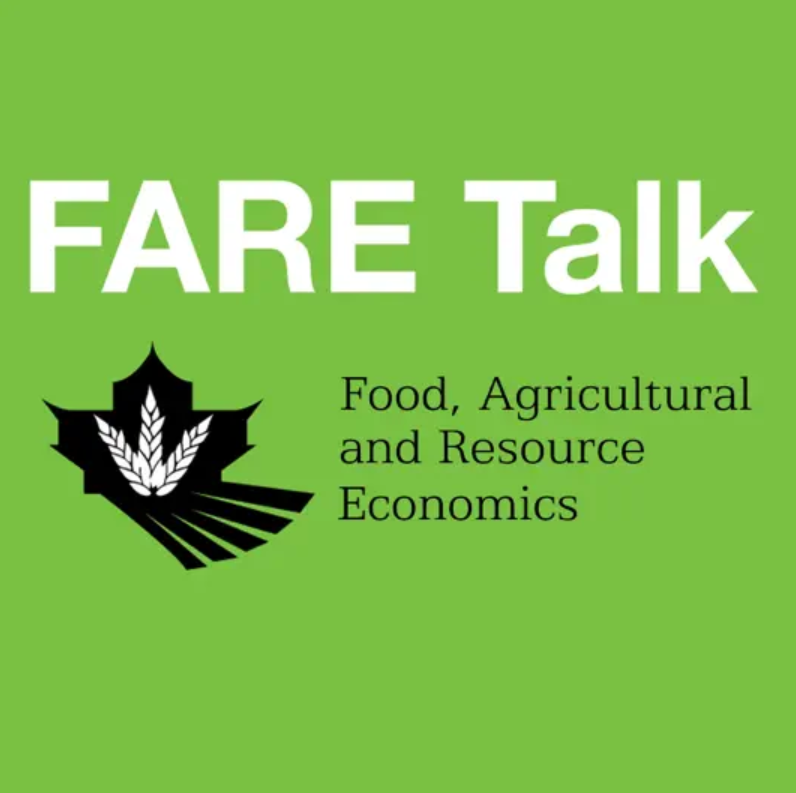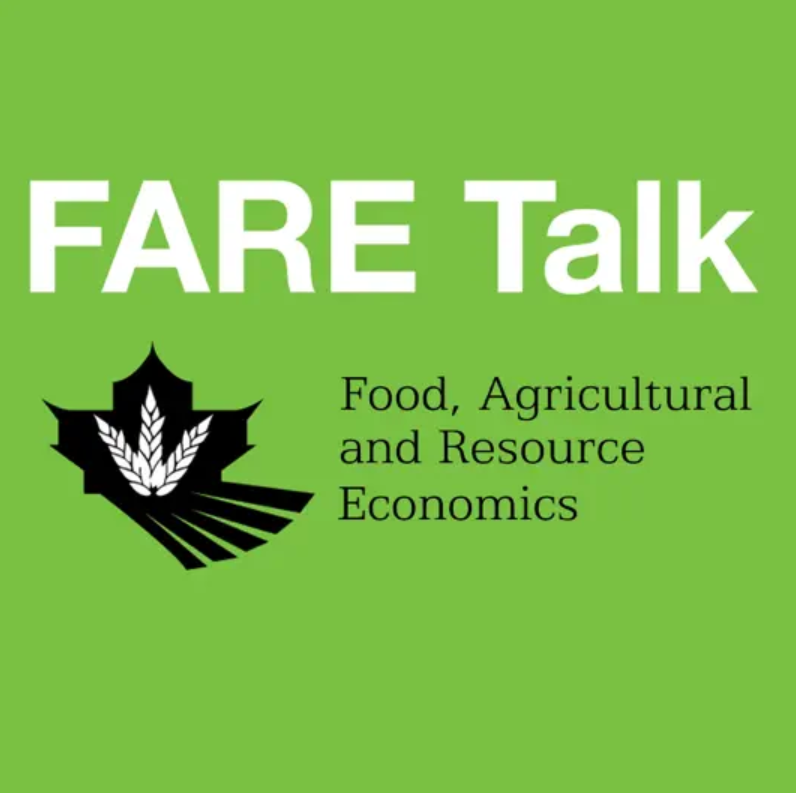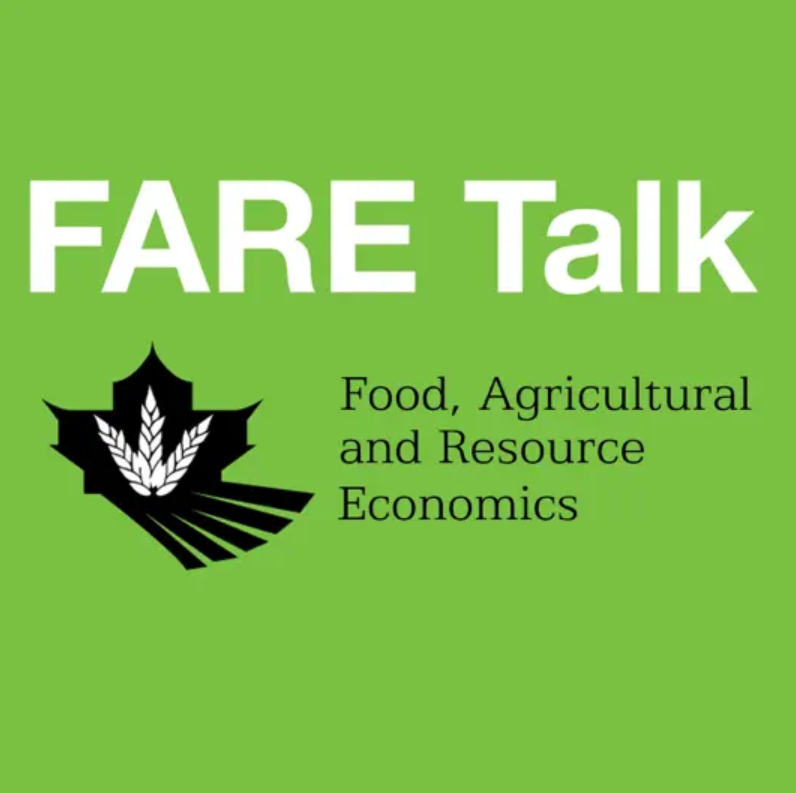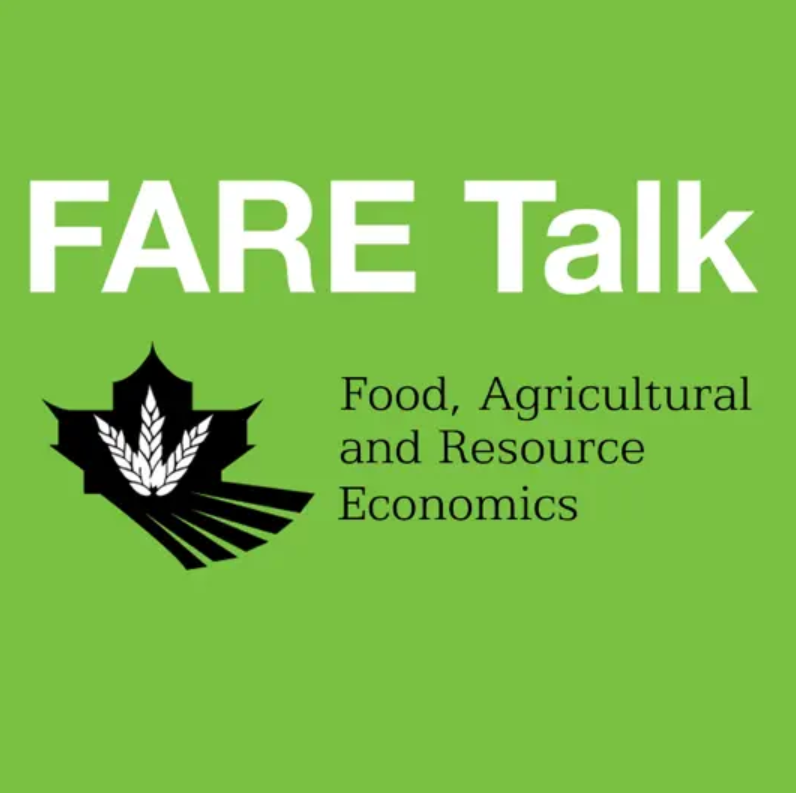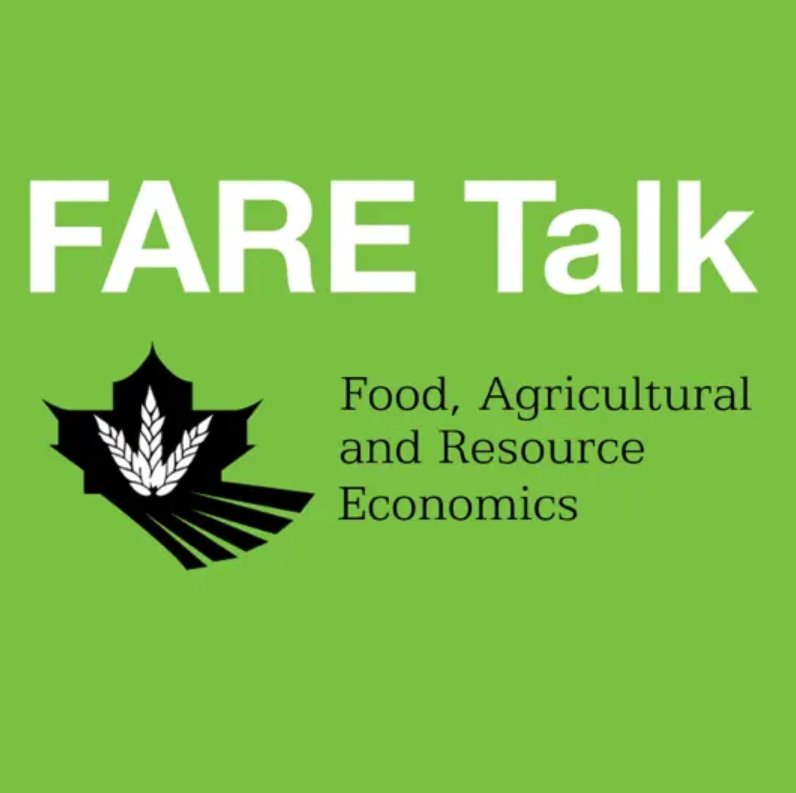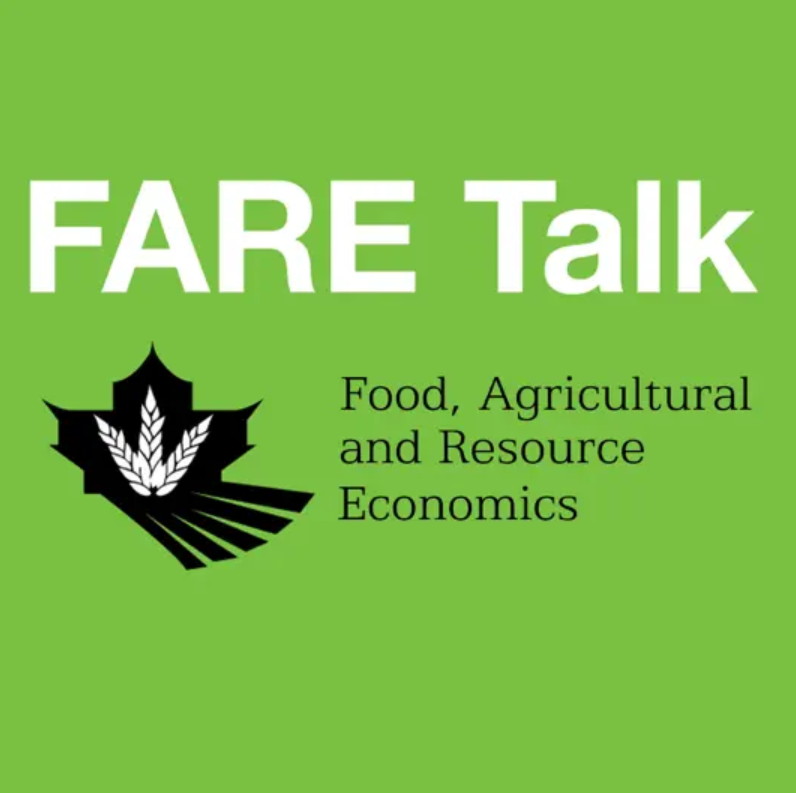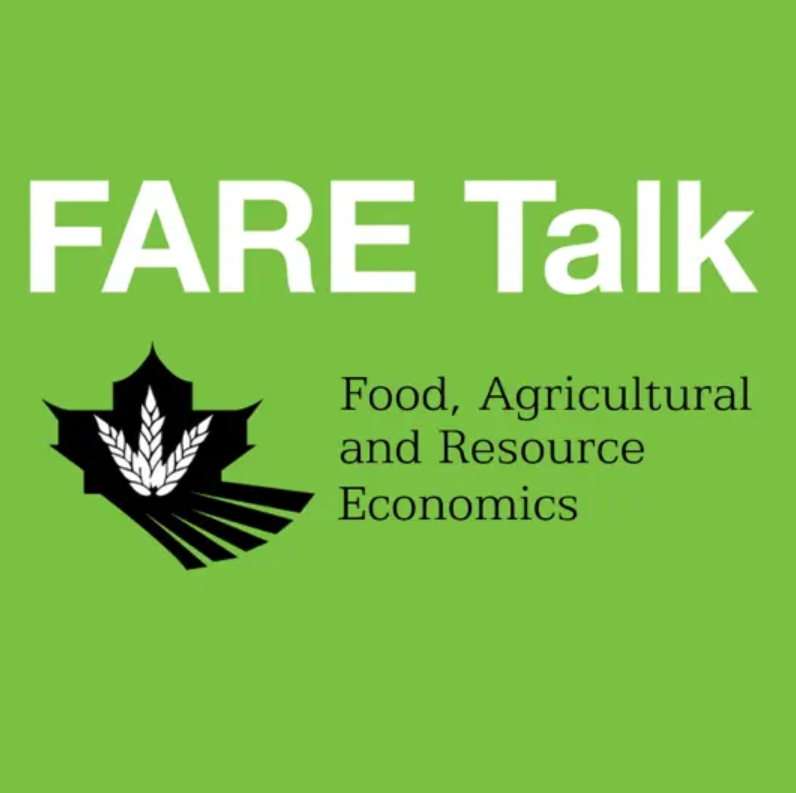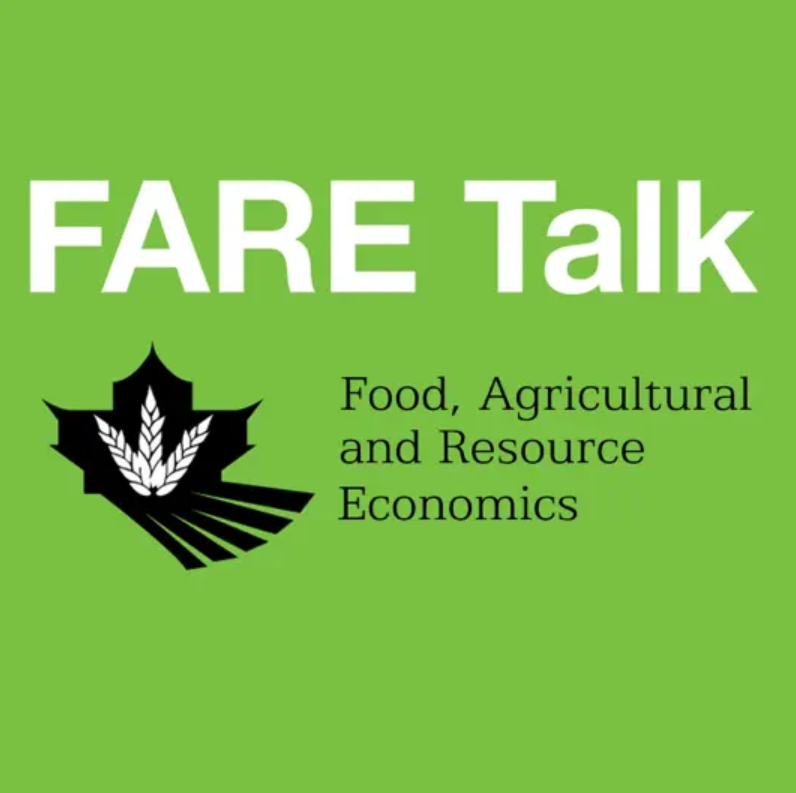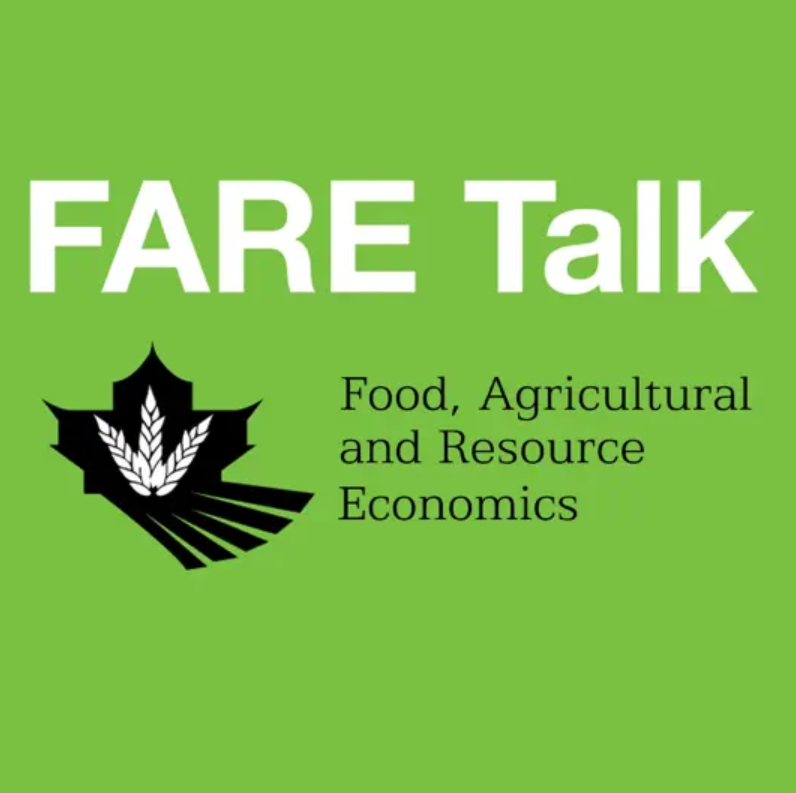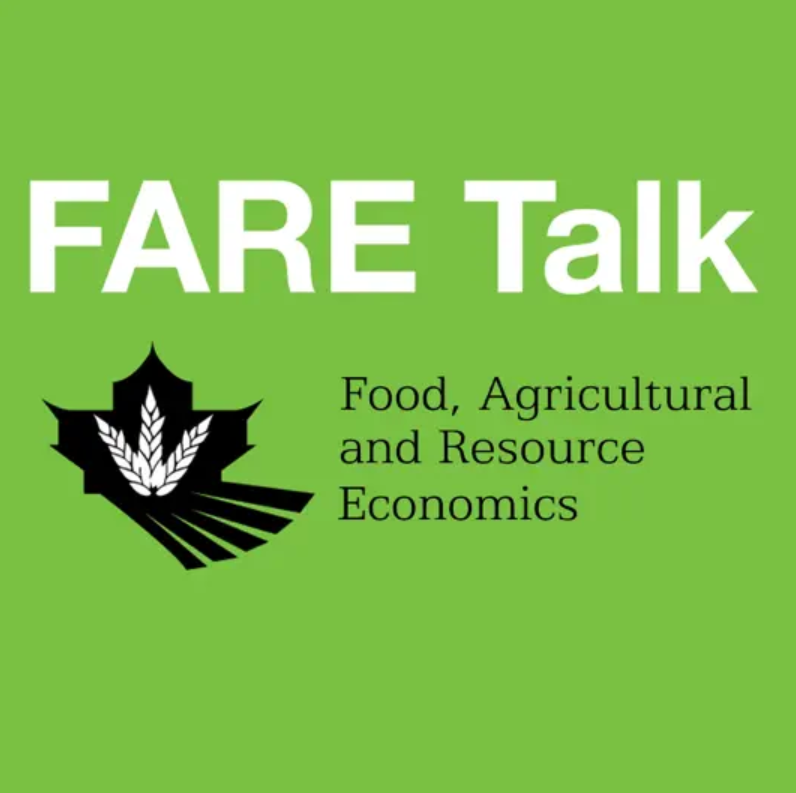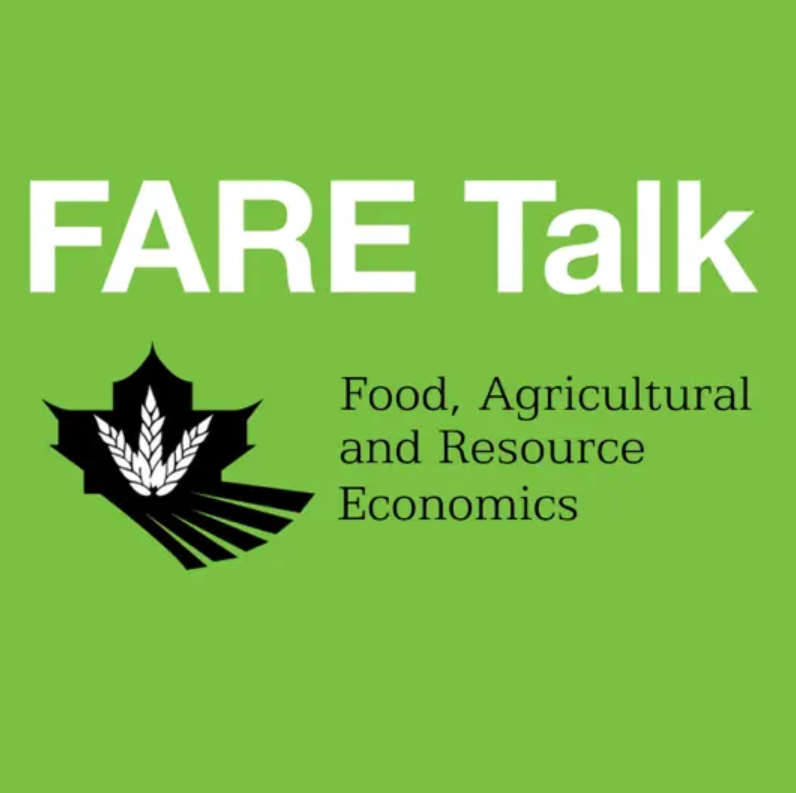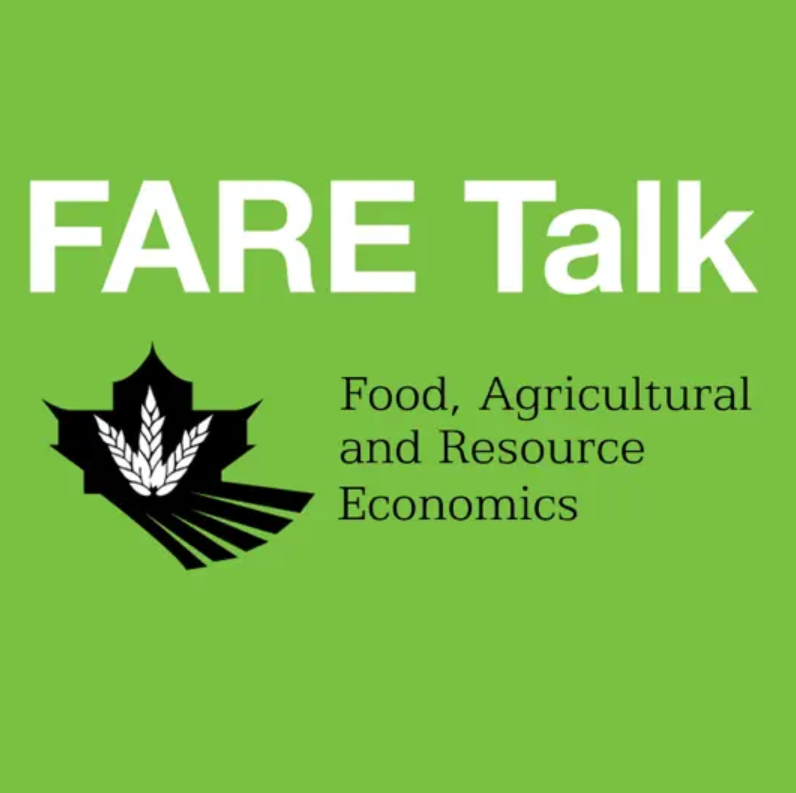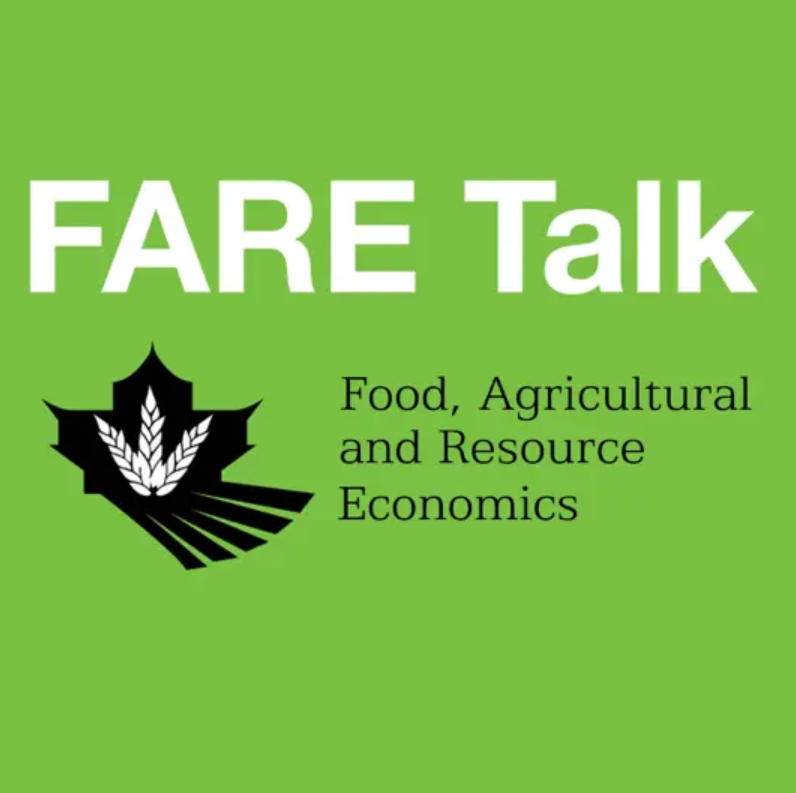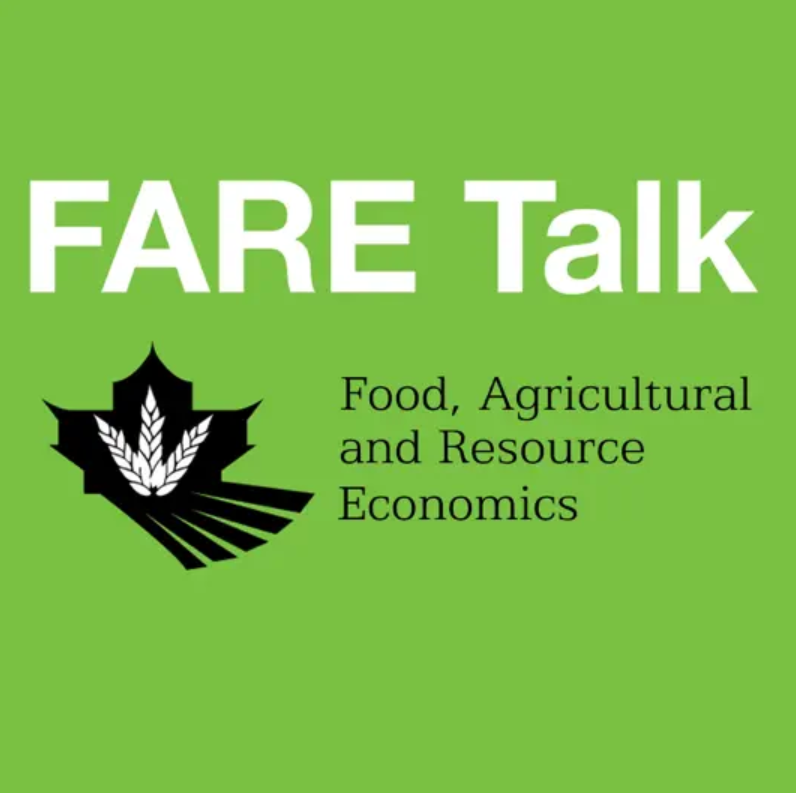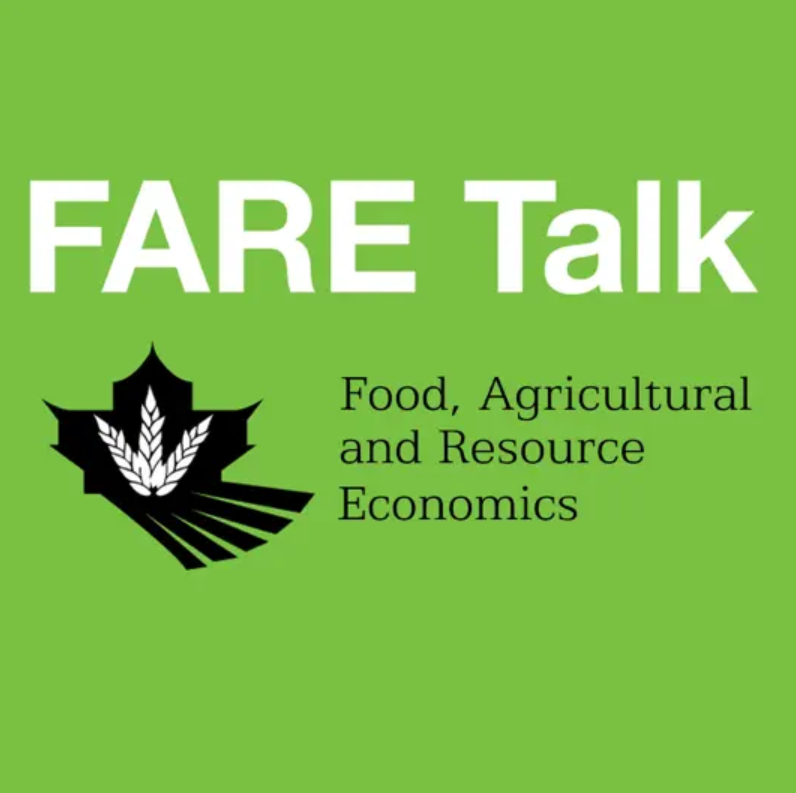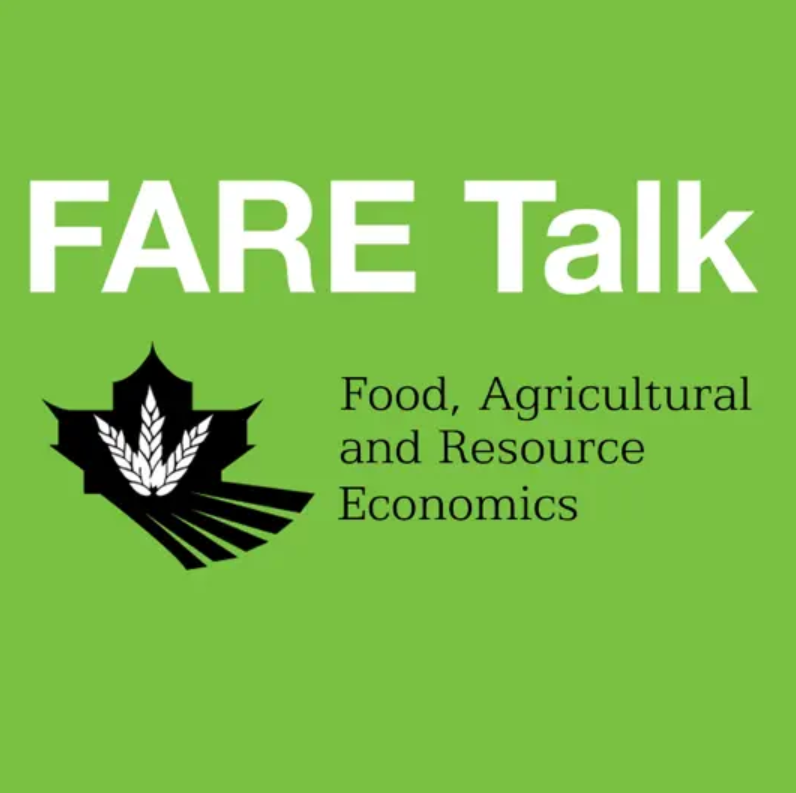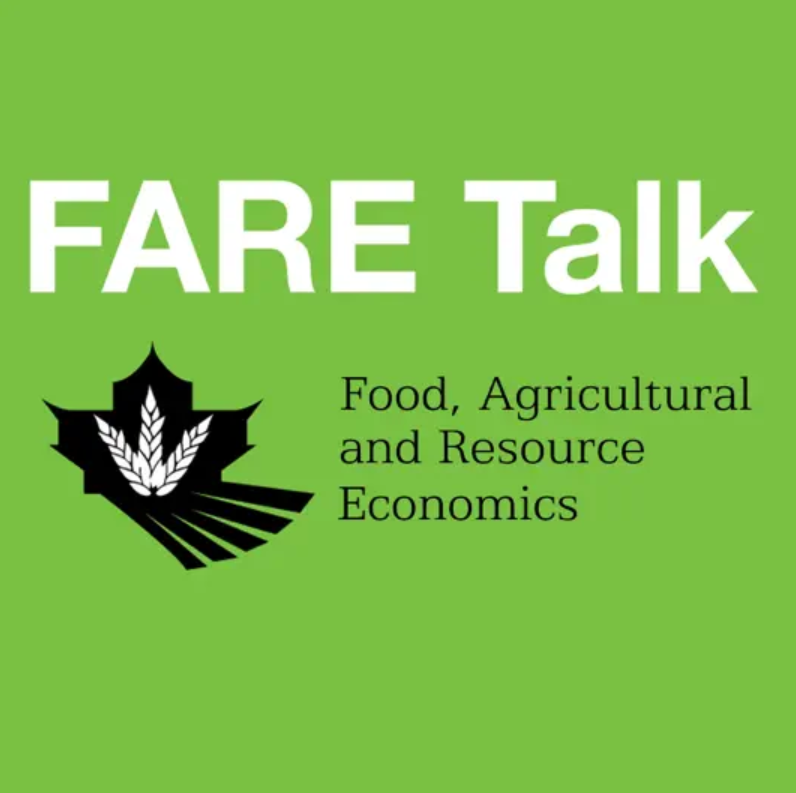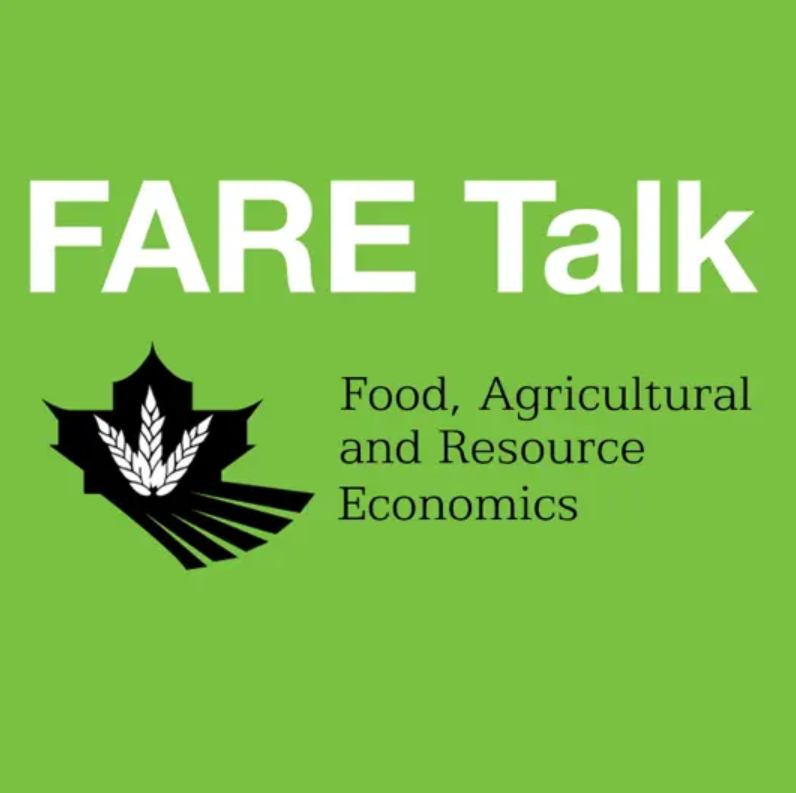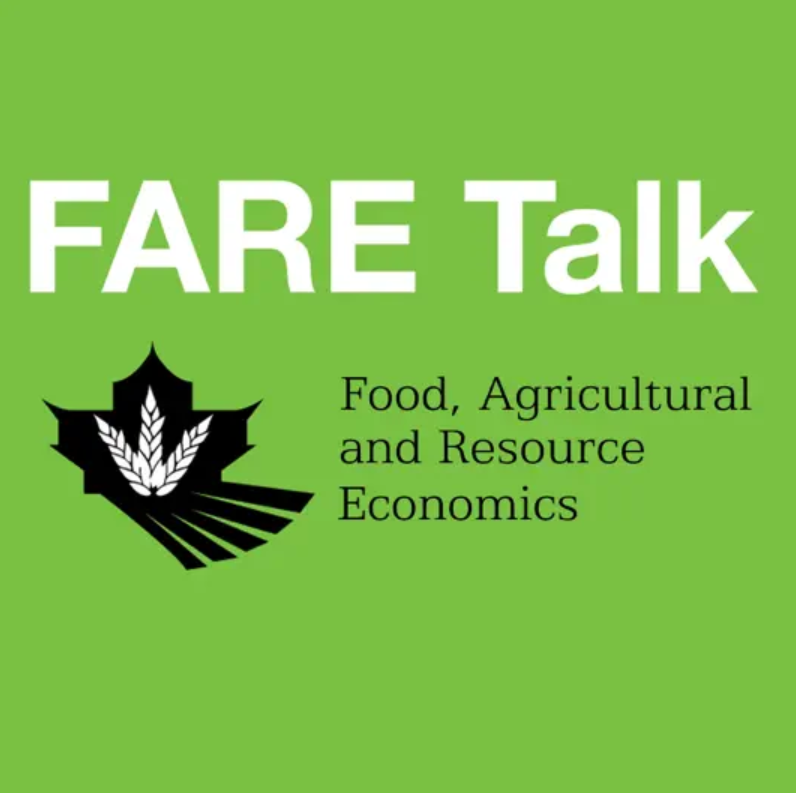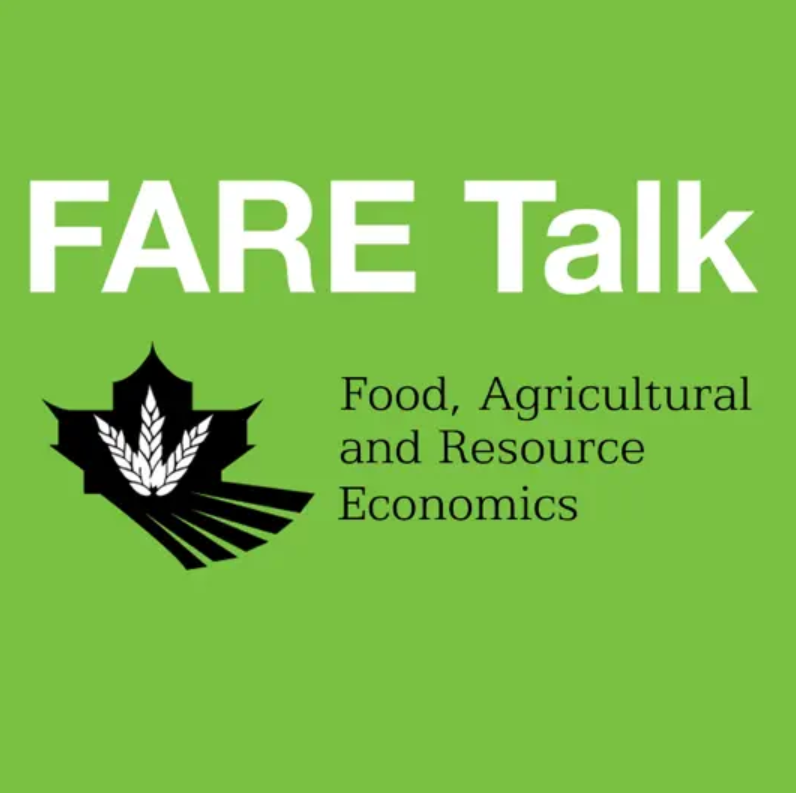GM Crops and Twenty-First Century Agriculture – March 11th, 2015
Description
Dr. Rene Van Acker and Dr. Brady Deaton discuss GM crops. The podcast develops an understanding of contemporary and historic issues associated with the first "wave" of GM crops. They also discuss contemporary controversies and institutional issues associated with GM crops, as well as the future of GM crops.
Transcript
Brady Deaton: (0:04 ) Welcome to FARE talk where we set out to provide enduring discussions on contemporary topics relevant to our economy, with particular emphasis on food, agriculture and the environment. My name is Brady Deaton Jr. of the Department of Food, Agriculture and Resource Economics at the University of Guelph. I will be your host.
[Music ends] (0:26 )
Brady: Today is March 11, 2015 and my name is Brady Deaton of the Department of Food, Agriculture and Resource Economics. Today I will be speaker with Dr. Rene Van Acker about GMOs in agriculture. Dr. Rene Van Acker is professor and associate dean of the Ontario Agriculture College at the University of Guelph. He is the Department of Plant Agriculture. He has published over 100 peer reviewed works. His research focuses on the co-existence of GM and non-GM crops, which makes him a perfect guest for today's discussion. Thanks for being here Rene.
Rene Van Acker: Thank you very much for having me.
Brady: (1:04 ) The other day, at Environmental Symposium, I heard you answer a student's question, and the question was, "If I walk in a grocery store, what products are GM products?"
Rene: Yea, and that's a very good question, and the reason I think it is a good question is because, I think people are unsure as to what is GM or not GM in terms of food.
Brady: And I should say, when I say GM, we are talking about genetically modified.
Rene: Right, genetically modified organisms or genetically modified crops that are then used to make foods, or genetically modified crops that are ready to eat foods. And on that later point, the vast majority of GM is in field crops. So things like corn, soybeans, in the case of Canada, canola for example. Those will be the key GM crops. Sugar beet would be another one. Very few of the items in the produce aisle would be GM, so papaya, perhaps, papaya sourced out of Hawaii would be GM. Perhaps some squash, although not all. Perhaps some sweet corn, although not all, and that would be about it. There is a pending deregulation of a GM apple, a non-browning apple, which has been deregulated in the US but not in Canada. So that may, in the future, appear on grocery store shelves, but not currently. So, the items that would be derived from GM crops would be things like margarine based on soybean or canola oil for example, or processed foods that contain some element of corn. Those would all be derived from, ingredients from GM crops. And consumers are sometimes wondering about that, and I think they have a perception driven, I suppose, by the media, that everything in the grocery store is GM, and that's not true. And an interesting point, in fact, is that none of our cereals, other than corn, if we consider that a cereal, are GM, so wheat, barley, oats, none of those are GM, rice is not GM, yet. So I think that also sometimes surprises people, they think everything is GM, just GM. Part of that confusion might also be that people know that varieties are bred to superior in some way, disease resistance, better yield, etcetera, and bred varieties, or cultivars, are not GM per se. Genetic modification can be used as a tool in breeding, but it falls under breeding, it is not breeding, and so I think sometimes that confuses people too.
Brady: (3:48 ) Well that's a good point. So genetic modification is some form has been going on for some time. What really distinguishes the way we talk about GMOs starting in the 1990s, with I guess [Rene: Right] the first GMO product was the tomato [Rene: Right] was it the tomato [Rene: Flavour Savour tomato], Flavour Savour Tomato, which didn't make it [Rene: Didn't make it very far, no] but not because of the response to GMOs right, more because it just wasn't
Rene: It just wasn't, yea, it just wasn't as effective a product as they thought it would be.
Brady: But so, something happened in the 1990s, that was kind of different from the kind of changes in genes that have been going on in agriculture I imagine for some time. Can you walk us through that a little bit?
Rene: Yea, and I think that's a very good point, and fundamental to why people are concerned about GM or not. So we have been selecting for bio-types or selecting for cultivars, in agriculture for a long long time. One might argue, you know, for over ten thousand years, since we have been farming, since the human race has been farming. But selecting and traditional breeding is different from GM or genetic engineering. And when we talk about GM, colloquially, genetic modification, we are referring to genetic engineering. And genetic engineering, we take to mean, recombinant DNA technology, and that is a very specific technology that was developed in the 70s, in the US, University of California, San Francisco, in fact, and what it does, it is technology that allows for discreet pieces of DNA to be isolated from one organism and then moved into another. It allows us to move DNA, pieces of DNA, across species boundaries. With traditional breeding, you don't have that ability. One of the traditional definitions of a species is that you, there is central compatibility among individuals in that species, and so you can cross-pollinate to use a colloquial term. With genetic engineering, we are not bound by that. So we can take a piece of DNA from a soil bacteria for example, and then transfer it into a plant or take a piece of DNA. The classic proof on concept was in the mid-80s, where they transformed a tobacco plant with genes from a fire-fly that allowed the tobacco plant to glow in the dark. It wasn't useful, but it was a very compelling demonstration of the power of that technology, and that's the key, is that it is a very powerful technology that allows us to move pretty much any piece of DNA from one species into another. So that opens up the possibilities in a way that we could have never imagined before, and it allows us to go way beyond traditional breeding. Plant breeders are excited by this, because they are always looking for genetic variation, to try and achieve certain ends, let’s say disease resistance, for example. So if they can find genes in another organism, beyond the species they are working with, to help them to achieve that, they think that’s great, and it can be great. People who worry, worry because we have never done this before. This may happen in very rare cases, in terms of this kind of broad crossing over of DNA from one species to another, maybe it could happen from soil bacteria, for example, into plants, very rare. So if we do this commonly, people start to ask questions like, "What are the unintended effects? What are the things we don't understand about doing that?" And so, you know, there is fear around that. To counter that, we have quite a bit of empirical evidence now, that shows that there are no apparent unintended effects of doing that, as we have been doing it.
Brady: (7:54 ) I think it is interesting to work through, maybe, for listeners, the first, what is often referred to as, the first wave [Rene: Right] of GM seeds, or GM crops. [Rene: Yep]. So, would you mind that and [Rene: Yea] and then talking about that a little bit, thanks.
Rene: Yea, so, and that's a good point. GM technology also changed the business, the seed business, because suddenly, in the seed industry, our technology developed in the industry, in agriculture became much more interested in plant breeding because of this new possibility. They also became much more interested in it because, with GM technology came the possibility for absolutely identifying your product. With recombinant DNA technology, development in the 70s, by the late 70s, there had already been a patent put onto a genetically modified bacteria. And so the possibility was there for patenting genetically modified organisms, and so the seed industry became interested in that. And that also drove the first wave of traits, the nature of those traits, because the seed industry understood that the customers were farmers. And so the first wave of traits were traits that would interest farmers, and so they were agronomic traits that provided operational benefits for farmers. And the two that are still, essentially, the predominant GM traits we have out there, almost the only GM traits we have out there are, would be insect resistance and herbicide tolerance. So the Bt trait is an insect resistance trait, and then, the Round-up Ready trait is a herbicide tolerance trait, glysophate resistance trait is also a herbicide tolerance trait. Those are the primary traits out there.
Brady: So just to get back to [Rene: Yea] your notion of what makes GMOs distinctly different [Rene: right] from the cross-breeding techniques that used to go on, Bt has I understand it is a bacterium
Rene: from bacillus genus bacterium, and so they extract the gene that then codes for what is called a cryo-protein, that resides in the gut of the insect, and in short, kills insects of a certain type, Lepidoptera. For example, the Round-up Ready traits was also derived from a bacteria, soil bacteria, genes that conferred resistance to glyphosate herbicide, common trade name Round-up,

